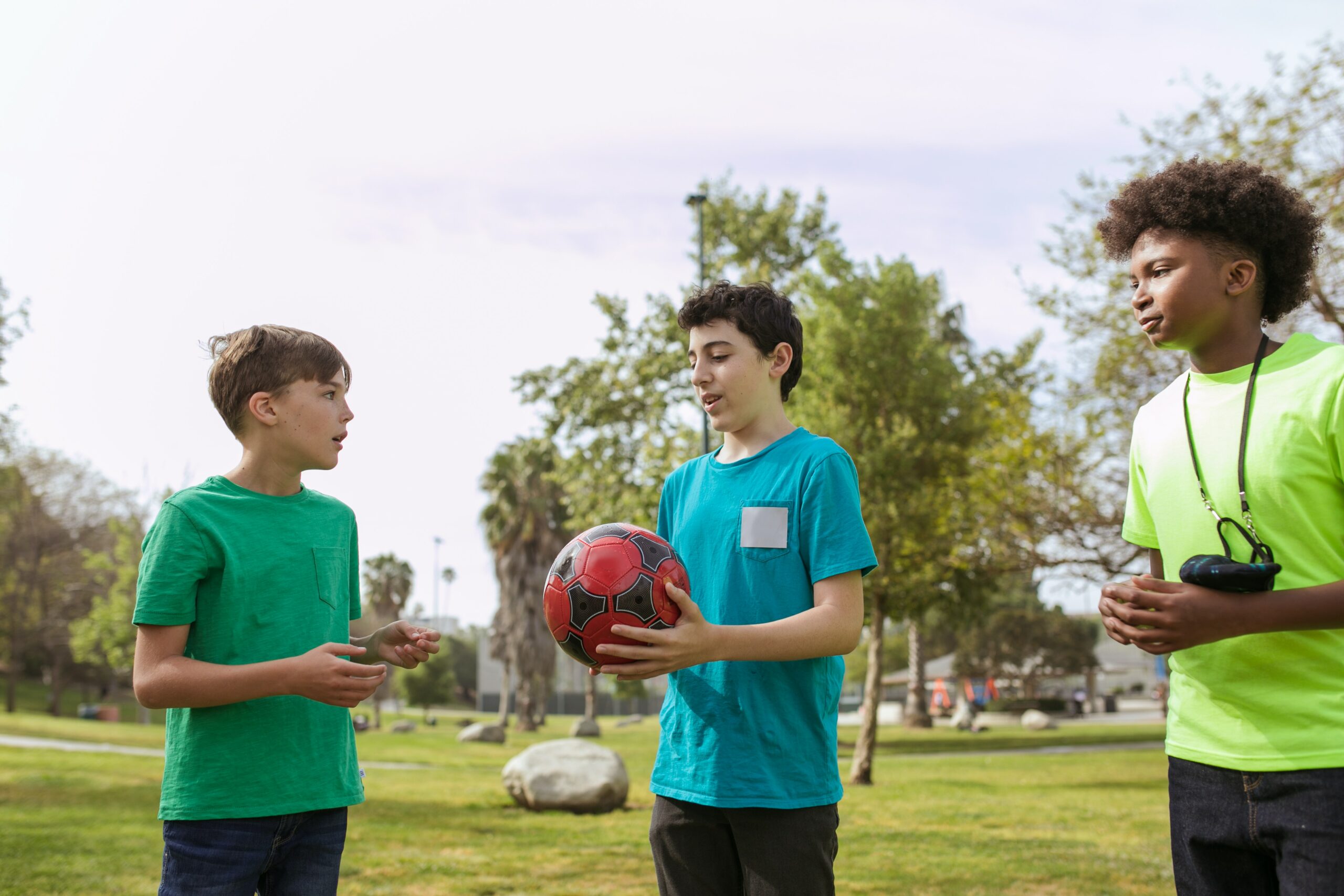How to Enjoy the Australian Outdoors: There are plenty of ways to enjoy the great Australian outdoors – hiking, camping, biking, and so much more that this beautiful country has to offer.
While spending time outdoors it is a great way to enjoy life, it’s always worth keeping in mind the risks that come with it. These include sunburn, insect bites and stings, cuts and bruises, and various environmental factors that can be a challenge when spending time out in nature.
The Great Australian Outdoors
Australia is known for its incredible natural wonders, all just waiting for locals and tourists to explore. However, there are a couple of things to know first before you decide to venture out into the Australian bush.
The peak bodies of the outdoor industry have now worked together with state and territory governments to develop what’s called the Australian Adventure Activity Standards (AAAS).
The Australian AAAS serves as a standard of practice or framework for safe and responsible outdoor adventure activities in the bush. The goal is to improve the community and overall customer experiences.
Severe and life threatening incidents from outdoor activities are not commonplace, but it pays to prepare ahead of time. Prevention is vital to ensure everyone has a fun, safe experience.
Outdoors Safety Tips
Here are a few safety tips to consider before heading to the beach, the bush, or the outback.
Pack A First Aid Kit
 A first aid kit can prove invaluable if someone suffers from a cut, scrapes, falls, insect bites and stings, or allergic reaction. Be sure to pack essential items such as pain relievers, gauzes, bandages, tweezers, insect spray, snake bite kit, sunscreen, pain relievers, and other medications.
A first aid kit can prove invaluable if someone suffers from a cut, scrapes, falls, insect bites and stings, or allergic reaction. Be sure to pack essential items such as pain relievers, gauzes, bandages, tweezers, insect spray, snake bite kit, sunscreen, pain relievers, and other medications.
Bring Emergency Kit
In addition to a First Aid kit, be sure to bring emergency items. These include flashlights, maps, compass, battery-powered radio, and a whistle for signalling help. Also, bring lightweight and high-calorie food (nuts, dried fruit and chocolate are great) and water for consumption – at least 2 litres per person per day!
Check For Potential Hazards
Carefully check any campsites for sharp objects such as broken glass and branches. Beware of poison ivy, large ant beds, bees, and other hazardous terrain.
Avoid Areas Of Natural Hazards
Research the place beforehand and check if the region you’re going to is prone to natural disasters such as floods, fires, or rockfalls. Visit the Bureau of Meteorology for up-to-date weather forecasts, and flood and fire warnings.
Bushfires are a common occurrence in Australia. And while floods are less common, when they do occur they can quickly re-write the landscape and leave people cut off and in danger.
It’s also wise to check the State National Park Website Advisory for dangerous environmental conditions before setting out.
Travel With Caution
Don’t travel alone in the outback – you don’t want to find yourself injured and out of mobile range, with nobody there to help. Also, inform close friends or family of your planned itinerary. Include the essential details such as license car plate, equipment, and particularly when you’re due back. If something bad happens, you want someone who’ll realise you’re overdue and raise the alarm.
Warm-up Exercises
Slow stretches help increase the heart rate, warm up the muscles, and improve circulation. It gets the body going, promotes flexibility, and lessens the chance of injury.
Water Safety
If you’re doing activities in or near water, follow water safety guidelines such as wearing life-jackets and supervision of children and poor swimmers. Learning CPR is also of great benefit in case of drowning emergencies.
Start Slowly
Don’t plan your trip is such a way that you need to rush to the top of the mountain, or wherever your destination is. Plan your pace and the distance you’re going to travel around the fitness level of your slowest group member, and leave some space to slow down and enjoy the scenery for a while.
Learn The ABCs Of First Aid
Know how to recognize the severity of injuries and provide an appropriate first aid response until medical help arrives. When on the scene of a medical emergency, always remember to apply DRSABCD protocol – check for Danger, look for a Response, Send for help, check Airway, Breathing, and if needed, commence CPR.
Recognizing serious injuries will allow you to provide the right help to an accident or injury victim until medical assistance arrives.
Conclusion
The most effective way to prevent accidents and mishaps is to prepare for the outdoors adequately. Make sure to gather enough knowledge of the location, the weather, and the terrain. It also helps to know the physical capabilities of the people in your group to ensure a safe and enjoyable time in the open.
In an emergency, remain calm and follow the trail to the nearest road. Bring a first aid kit to care for wounds and bleeding injuries. If there is a bushfire, stay close to the ground to avoid smoke inhalation. For flooding, try to relocate to higher ground and wait until the water recedes.
Going into the Australian outdoors alone or with close friends and family requires good preparation. Consider enrolling in a CPR and first aid course before exploring the outdoors to be ready in a wide range of emergencies.
Check out First Aid Courses Darwin for more information.








